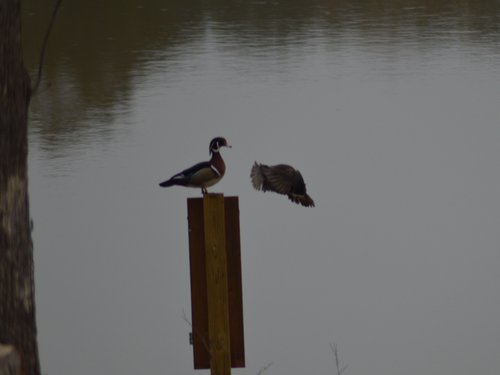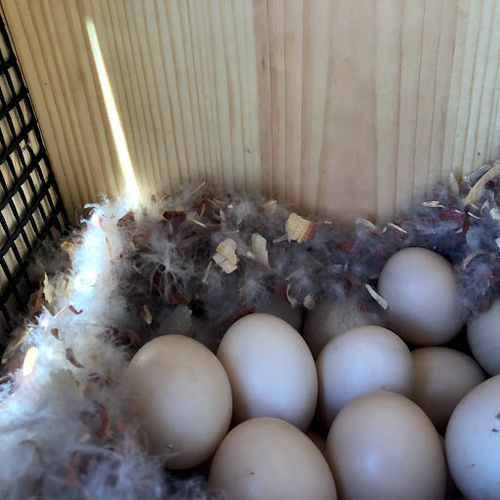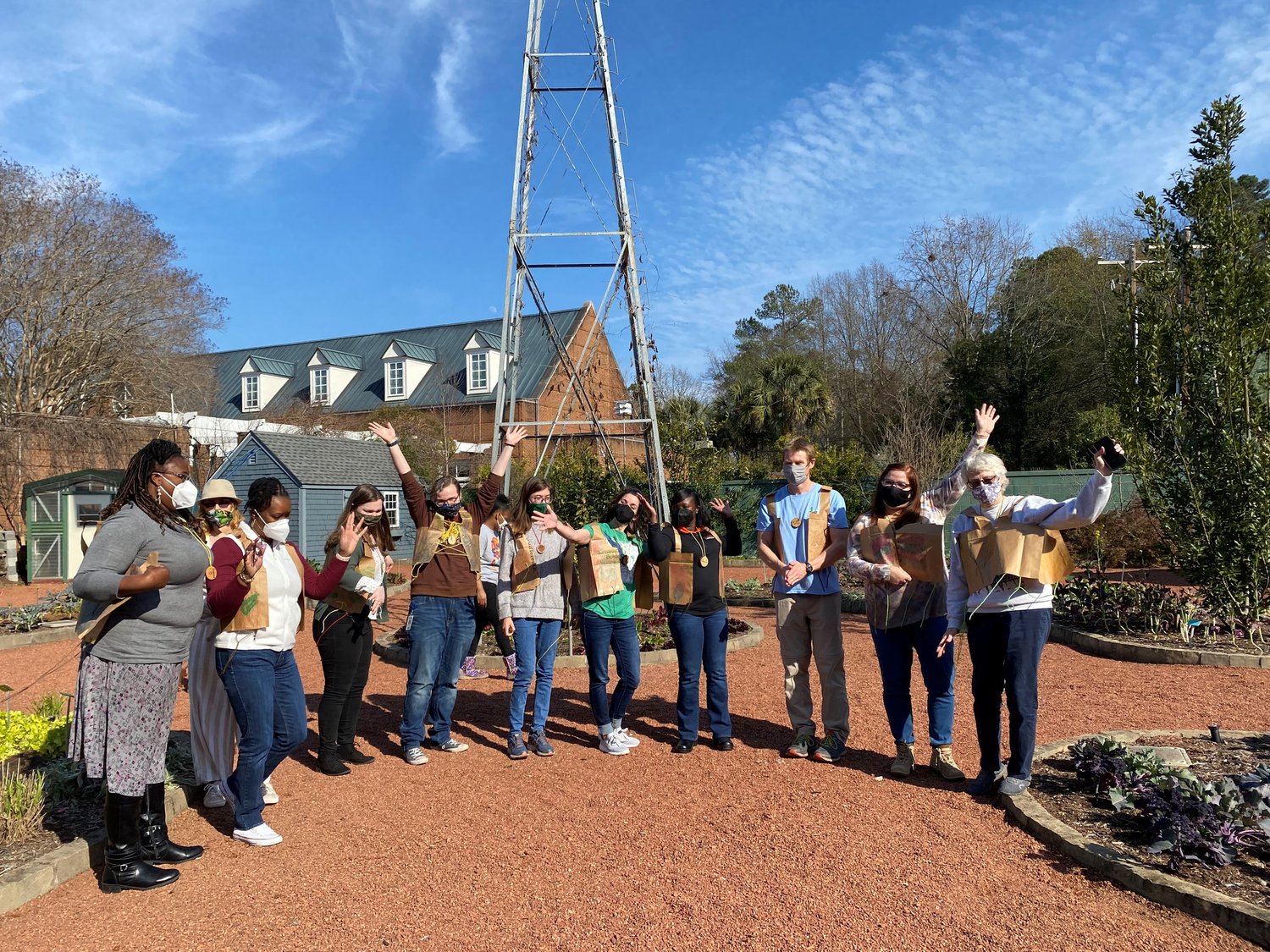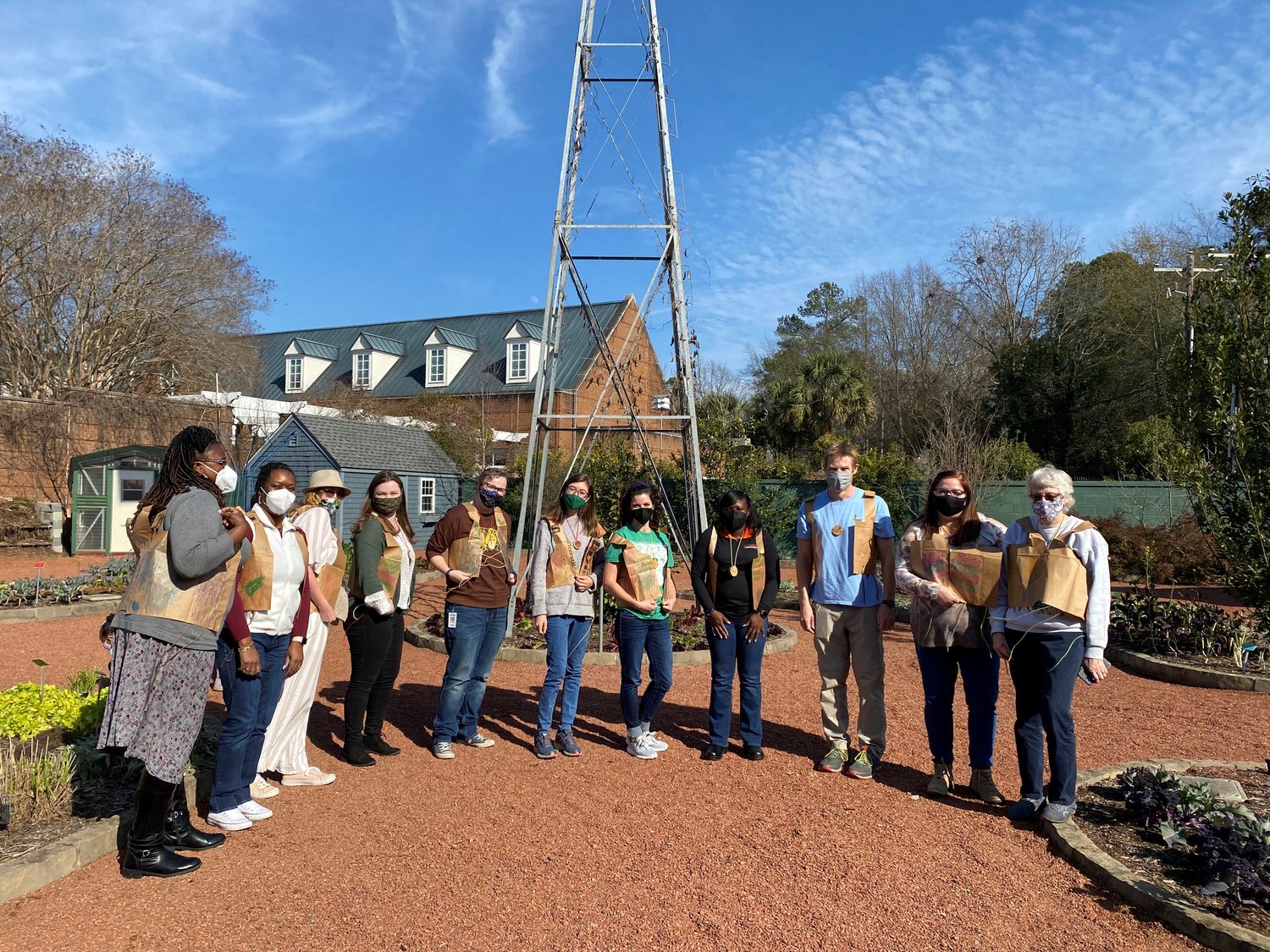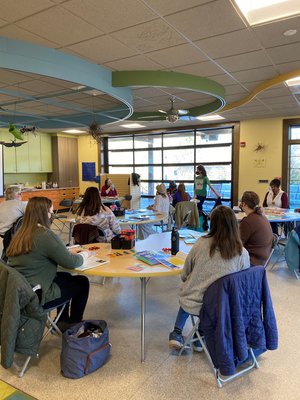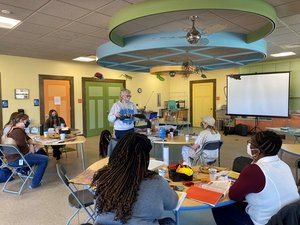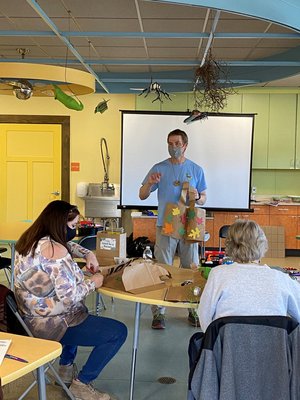The South Carolina Wildlife Federation is honored to be in a position to distribute educational grants to full-time students pursuing environmental education at South Carolina schools of higher education. Both undergraduate and graduate students are eligible, based on their performance in academia and in related community activities.
The winners of the 2021-2022 SCWF Scholarships are:
Anjelika Kidd-Weaver – Doctoral Candidate at Clemson University
Anjelika’s ultimate goal is to develop a research and mentoring program that integrates graduate research, undergraduate research, pre-college career exploration, citizen science, and local conservation initiatives. She believes there would be several benefits for the local community as well as the future of conservation. First, incorporating pre-college students in research and conservation initiatives can be an important and inspiring experience to stimulate future career development. Engaging students early can help students to identify their interests, build social capital, and, ultimately, improve diversity, equity, and inclusion opportunities in science. Second, engaging in local conservation initiatives and with local communities can help to build applied science that is truly applicable to local needs, transparent to local stakeholders, and inspiring for future generations in a way that is more likely to exact intended change and preservation of nature. Finally, building integrated mentoring programs between graduate students, undergraduate students, pre-college students, and community members can help all groups to feel involved in conservation initiatives, build important social capital, and build important communication and collaboration skills that will be carried forward throughout their walk in life.
Anjelika’s research interests broadly emphasize understanding human-wildlife relationships and how we can simultaneously promote wildlife conservation and meet human needs. Her current research investigates alligator behavior in human-dominated environments (e.g., golf course resort communities), specifically to understand 1) how alligator behavior in human-dominated environments differs from alligator behavior in more wild environments and 2) what management strategies can be employed to promote alligator conservation and public safety.
Previously, through her Master’s research, Anjelika investigated the effect of human-provided food on the behavior of a nomadic wading bird in Florida, the American White Ibis (Eudocimus albus). In short, she learned that birds fed by humans become reliant on that resource, shift away from a nomadic lifestyle, and reduce the duration of their breeding efforts. She used this information to teach communities about how their behavior impacts the wildlife community, and the community has implemented educational signage and advocacy to protect wildlife.
SCWF is proud to award Anjelika Kidd-Weaver with the Nicole Chadwick Memorial Fund Scholarship.
Allison Melcher – 2nd year Masters student at Clemson University studying Wildlife and Fisheries Biology
After graduating with her Masters, Allison hopes to work as a biologist at a non-government agency where she can combine her interest in research on habitat management and wildlife conservation with public service and community outreach. A fulfilling career for her will be one in which she can help to educate people on the importance of wildlife, nature, and environmental studies, and also contribute to science that promotes the longevity of crucial habitats, ecosystems, and wildlife populations.
Allison has worked several seasonal research technician positions over the last few years, including surveying for the the endangered hellbender salamander, conducting point counts for songbirds, woodcock, ruffed grouse, collecting vegetation data, and bird banding both at a fall migration banding station, as well as a backyard banding project. She has an interest in characterizing how specific habitat management can influence wildlife populations. In her master’s research, she is comparing prescribed burns that take place in the dormant season, and prescribed burns that take place in the growing season and their respective effects on forest heterogeneity and bird populations. Broadly, the results of this research will help managers target their burns to a specific season in order to meet management goals, but it will also aid in the conservation of declining songbird populations by allowing managers to burn in a way that promotes abundance, richness and diversity, as well as the conservation of ecosystem types in the Southern Appalachians that have been declining and changing as a result of fire suppression. She designed the study herself and coordinated data collection efforts in 2021 with a team of undergraduate students. She taught all of the undergrads how to identify birds by sound, as well as how to collect, manage and analyze ecological field data.
SCWF is proud to award Allison Melcher with a Conservation Education Foundation Scholarship.
Garrett Beal – Junior at Clemson University, double majoring in Wildlife and Fisheries Biology and Forest Resource Management
After graduating with dual bachelors degrees in wildlife and fisheries biology and forest resource management from Clemson University, Garrett plans to get his master’s in wildlife biology. He hopes to someday work for a government or private entity as a wildlife biologist working with a big game species, forestry management or wildland fire to manage wildlife. Eventually, he wants to go back and teach students in the wildlife field.
While in school, Garrett works at Bird Point Farms where he is a wildlife manager of a 130-acre property. He has prepared a timber harvest to remove the less desirable trees as well as removing some of the understory with herbicide to increase daylighting and planting wildlife-preferred species in those spots. Garrett also has experience as a deer farm manager, has guided hunts and processed animals, was a logging Apprentice, and a Habitat Management Intern with the PA Game Commission.
In the past, Garrett was a PA DCNR Youth Ambassador where he assisted at Little Buffalo State Park with community educational programs such as “Meet the Salamanders.” He also joined the Governor’s Youth Council for Hunting, Fishing, and Conservation which consisted of 16 youth from across Pennsylvania who would work on natural resources issues of importance to make an impact, such as invasive species, chronic wasting disease, Sunday hunting and budget constraints regarding license sales. Garrett became the vice president and then president of the Council.
At Clemson, he’s also been an active member of The Wildlife Society, and Conclave Chair within the Forestry Club. As the Conclave Chair, he is responsible for arranging competition practices, recruiting new members, and fundraising for events.
SCWF is proud to award Garrett Beal with a Conservation Education Foundation Scholarship.
Andrew Kanes – Senior at Clemson University, majoring in Environmental and Natural Resources (concentration: Natural Resource Management) with a minor in Wildlife and Fisheries Biology
After graduation, Andrew will be conducting a research project on the host community context of host-associated microbiota in Lake Malawi Cichlids in pursuit of an M.S. in biology at Clemson University. It is his goal to make significant contributions to our understanding of the community ecology of a wide array of the world’s ecosystems throughout his career; however, he is also passionate about teaching and hopes that he can pass on his knowledge and experience to future undergraduate and graduate students through instructing courses and mentoring student researchers.
Andrew has worked as an undergraduate research assistant for the Bewick Lab in Clemson’s Department of Biological Sciences since Fall 2019. Much of the Bewick Lab’s research deals with gut microbial communities within ants, but the project that Andrew has been most invested in involves the role of disturbance in the spread of an invasive ant species (Brachyponera chinensis) throughout Great Smoky Mountains National Park and the southeastern US at large. He has presented posters on this project at a Clemson undergraduate research symposium and an annual meeting of the South Carolina Entomological Society. Andrew is the first undergraduate student in the Bewick Lab to be lead author on a research paper – while this would be an outstanding achievement under any circumstances, it is particularly noteworthy given the many obstacles the project faced due to the COVID-19 pandemic.
Last fall, Andrew began conducting research with the Jachowski Freshwater Conservation Ecology Lab in Clemson’s Department of Forestry and Environmental Conservation. This work began with assisting Dr. Kathy Jachowski in population monitoring of hellbender salamanders in Pisgah National Forest through mark-recapture techniques, but he has since designed an independent project with her PhD student and received funding from Clemson’s College of Agriculture, Forestry, and Life Sciences (CAFLS) to study the effects of a flooding event on benthic stream communities. Andrew will present a poster on this project at a CAFLS undergraduate research symposium.
Andrew spent last summer working as a field technician for the Peoples Lab in Clemson’s Department of Forestry and Environmental Conservation. He assisted a master’s student in his study of Bartram’s Bass, which are an endemic species of bass found only in streams throughout upstate South Carolina and Georgia. A main goal of this project was to collect data on the distribution and movements of Bartram’s Bass on the Eastatoe River.
Andrew has served as a student ambassador for Clemson’s College of Agriculture, Forestry, and Life Sciences (CAFLS), an Eco-Representative for his Community Council on campus, and an executive officer for Clemson’s Scuba Club. During the pandemic, Drew single-handedly created a series of scientific podcasts on topics from fieldwork to tiger conservation.
SCWF is proud to award Andrew Kanes with a Conservation Education Foundation Scholarship.
SCWF Scholarship Program:
The SCWF receives contributions from our members; however, a large portion of the funds for these scholarships are received from these three funders:
- Nicole Chadwick Memorial Scholarship Fund – honoring the legacy of an endangered species biologist who made a long-lasting impact on wildlife conservation in South Carolina, this fund was created in 2019 out of a desire by community members to honor the long-lasting impact of Nicole Chadwick’s work for wildlife conservation. The new scholarship fund will specifically be awarded to female students studying environmental fields in South Carolina.
- D. L. Scurry Foundation – In 1969, Mr. D. L. Scurry and his CPA, Mr. J. F. Burgess, created a non-profit foundation which emphasized providing educational scholarship funds for individuals attending colleges, universities and technical schools in South Carolina. Since that time, the D. L. Scurry Foundation has helped further the educational goals of thousands of students and many organizations within the state.
- The Riverbanks Conservation Support Fund (CSF) – This Fund was created to provide financial assistance for conservation oriented projects/programs worldwide that promote preservation of the Earth’s biodiversity.
Knowledge lays the groundwork for analyzing environmental problems, resolving conflicts, and preventing new problems from arising. The South Carolina Wildlife Federation is committed to supporting future leaders by helping to provide the financial resources necessary to lay the groundwork for more responsible decision-making tomorrow.
Scholarship applications are accepted online through our website each year until October 31st.
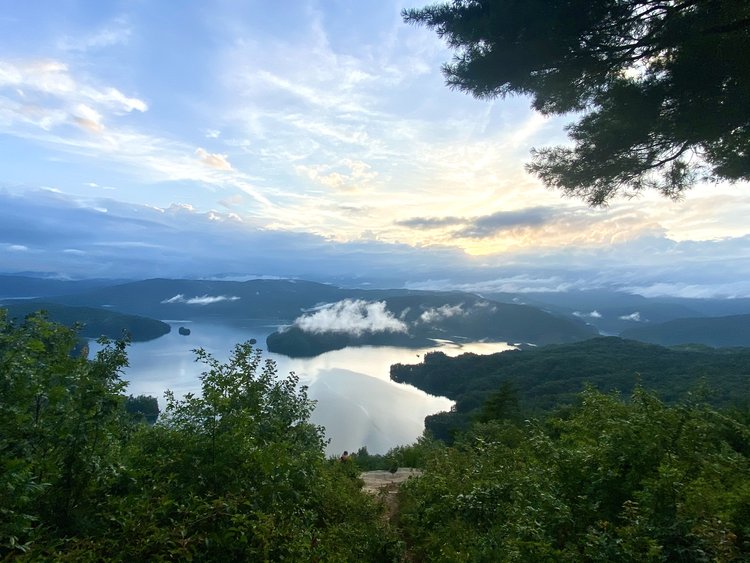



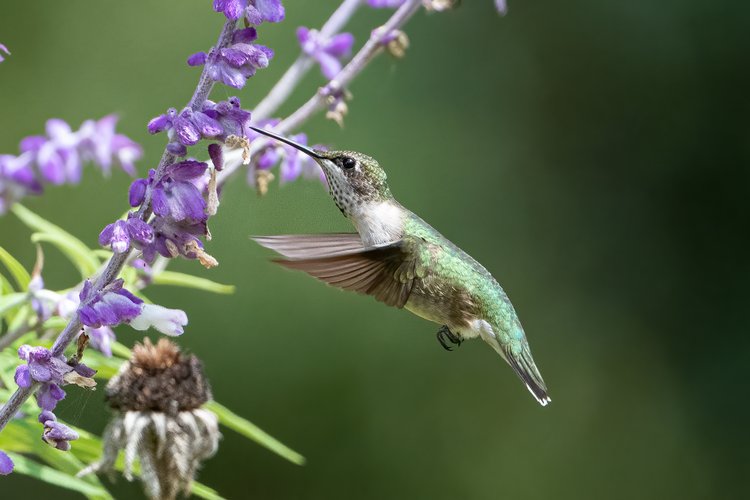
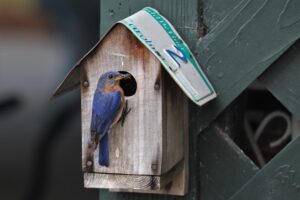


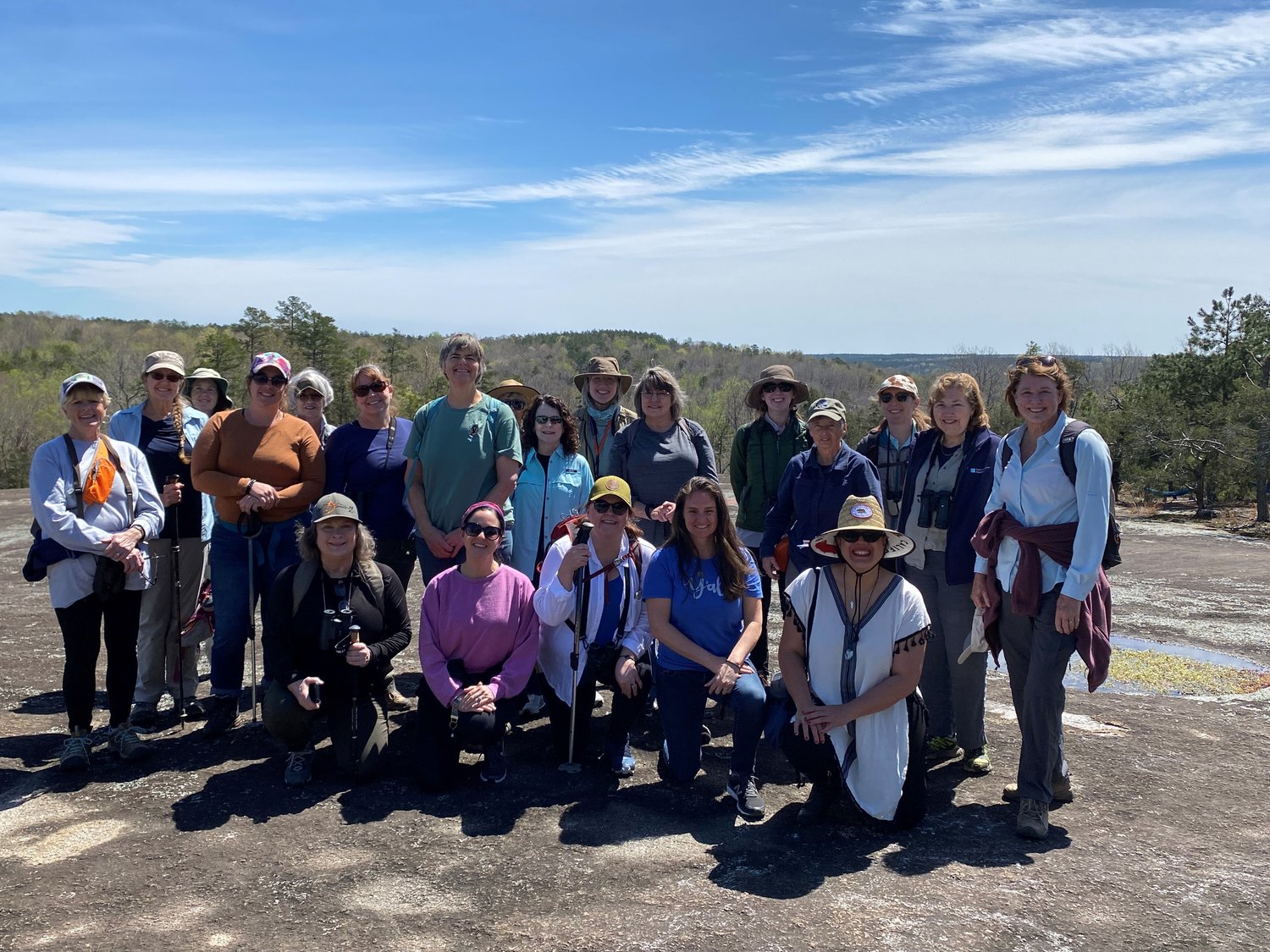
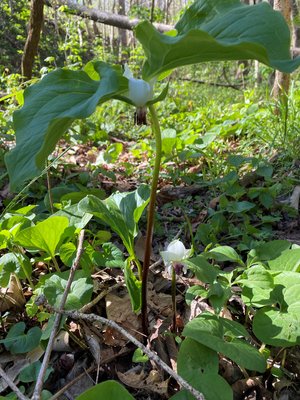
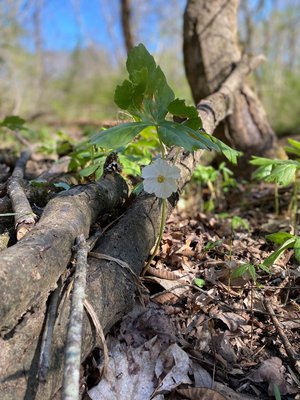
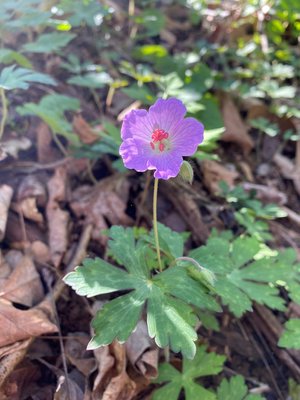
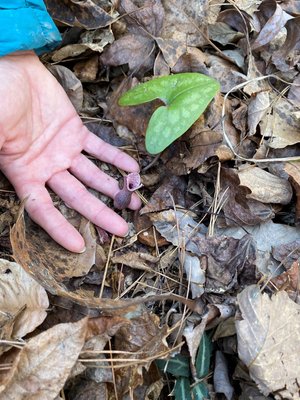
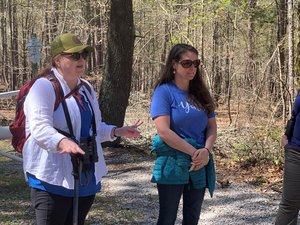
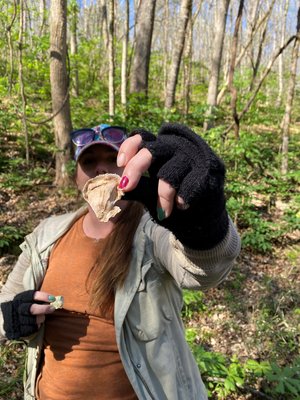
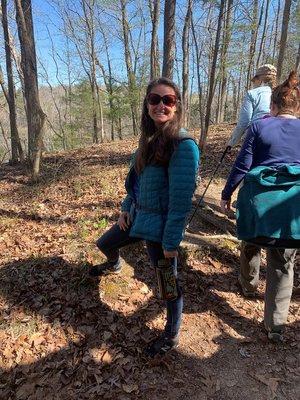
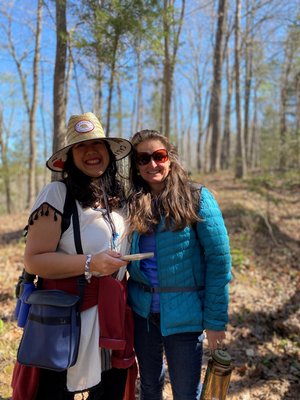
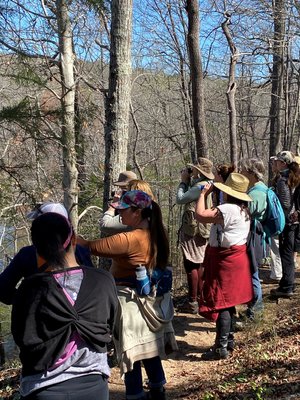
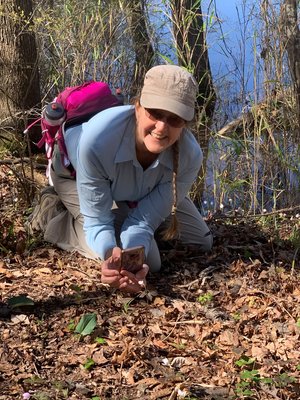
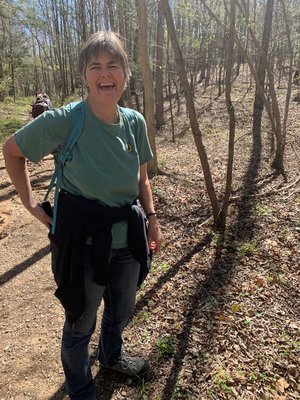
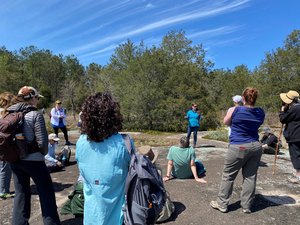
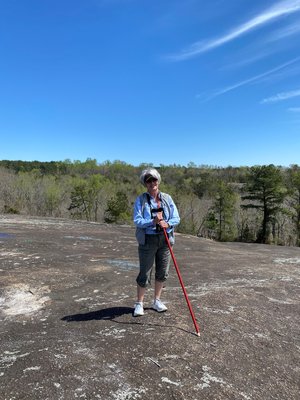
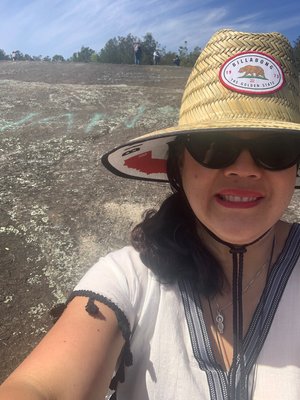
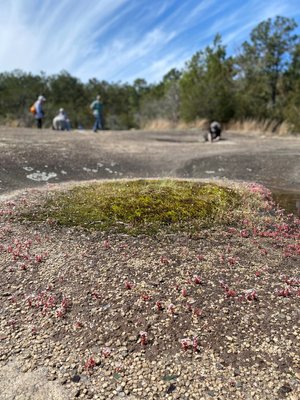
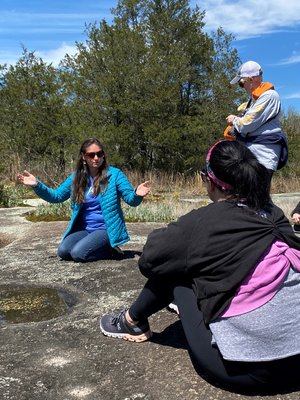

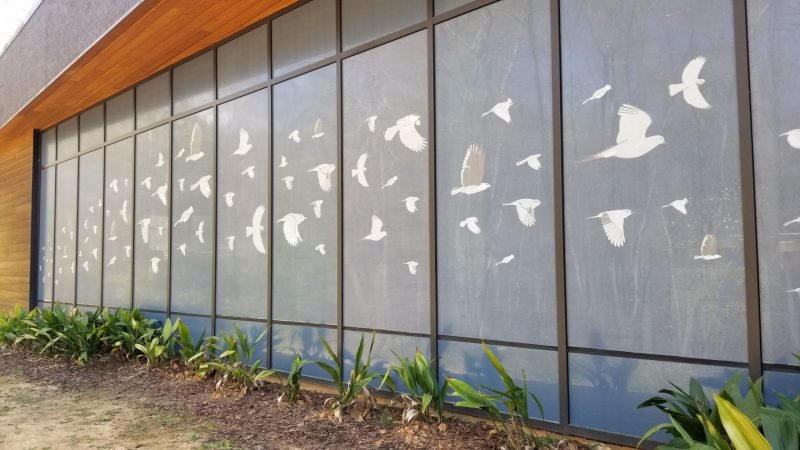
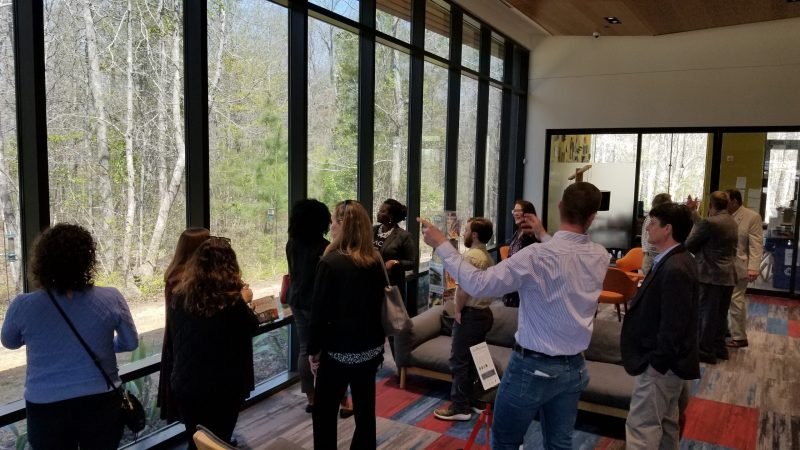


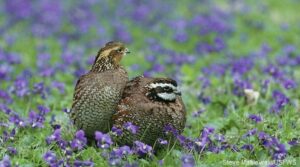
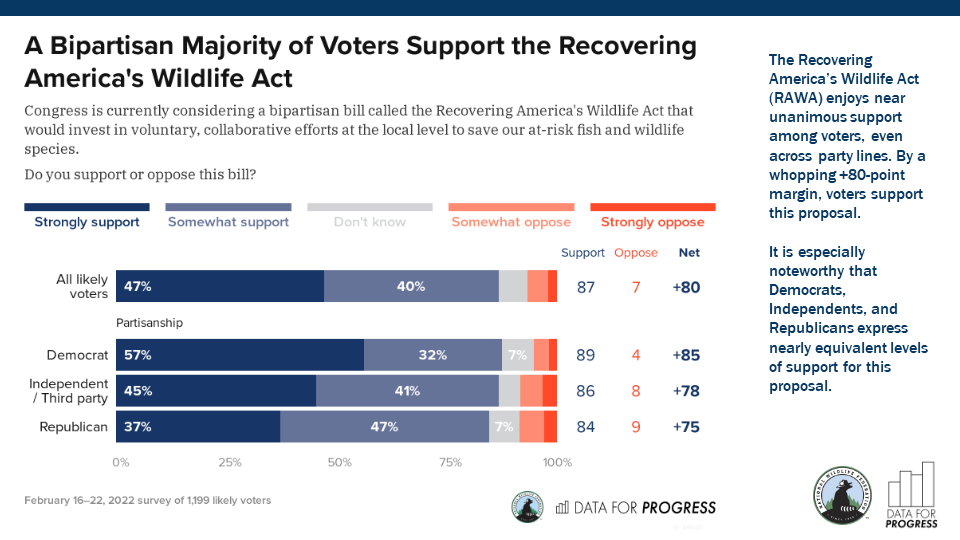
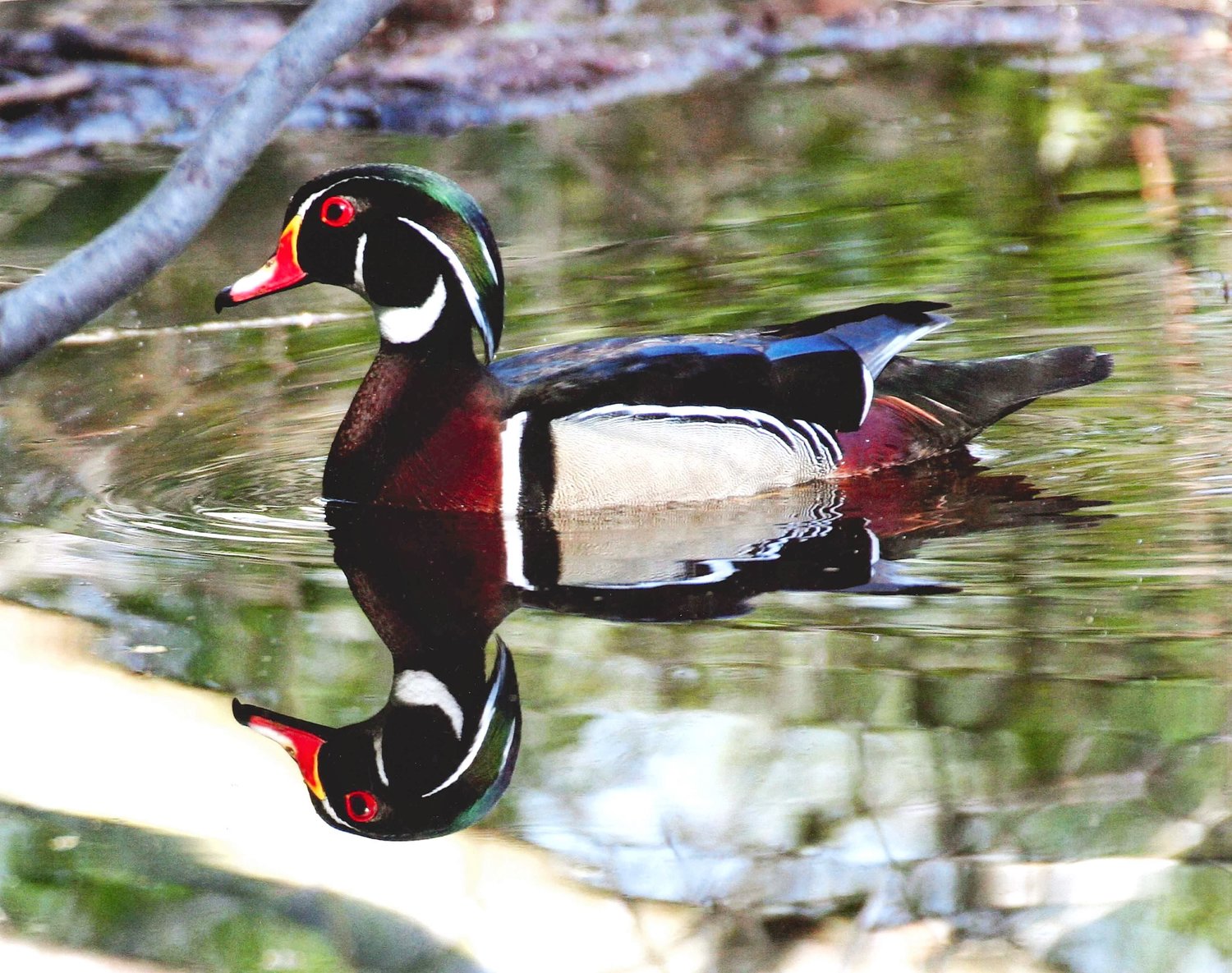
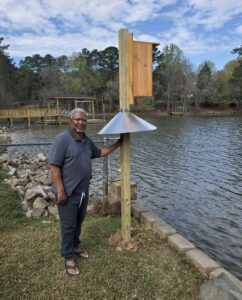
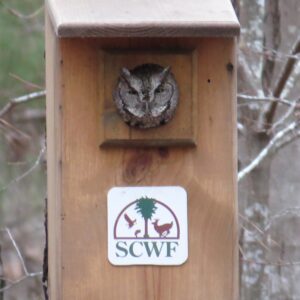 Eastern Screech-Owls: Eastern Screech-Owls heavily rely on adequate habitat and nesting sites for survival. They are found throughout a range of sites including, but not limited to, farmland, suburban landscapes, and city parks. Although they are currently listed as a species of Least Concern, Eastern Screech-Owl populations are declining due to habitat fragmentation and deforestation. Providing suitable habitat, such as a nesting box, is integral to the success of this species. Nest boxes should be placed at a woodland’s edge with adjacent fields and/or wetlands. It is helpful if a branch, or something equivalent is installed below the entrance hole, or is located on the post or tree on which the box is attached. There should be no obstructions in front of the entrance hole so the owl has a clear flight path into the cavity.Volunteer involvement is integral in helping to foster community-wide awareness and appreciation for the project. The nest box project aims to engage the community in long-term and sustained conservation actions. This project is great for people of all ages. SCWF is actively searching to recruit volunteers to assist in all facets of the project, including nest monitoring, data recording, and witnessing first hand the life cycle of these birds.
Eastern Screech-Owls: Eastern Screech-Owls heavily rely on adequate habitat and nesting sites for survival. They are found throughout a range of sites including, but not limited to, farmland, suburban landscapes, and city parks. Although they are currently listed as a species of Least Concern, Eastern Screech-Owl populations are declining due to habitat fragmentation and deforestation. Providing suitable habitat, such as a nesting box, is integral to the success of this species. Nest boxes should be placed at a woodland’s edge with adjacent fields and/or wetlands. It is helpful if a branch, or something equivalent is installed below the entrance hole, or is located on the post or tree on which the box is attached. There should be no obstructions in front of the entrance hole so the owl has a clear flight path into the cavity.Volunteer involvement is integral in helping to foster community-wide awareness and appreciation for the project. The nest box project aims to engage the community in long-term and sustained conservation actions. This project is great for people of all ages. SCWF is actively searching to recruit volunteers to assist in all facets of the project, including nest monitoring, data recording, and witnessing first hand the life cycle of these birds.
